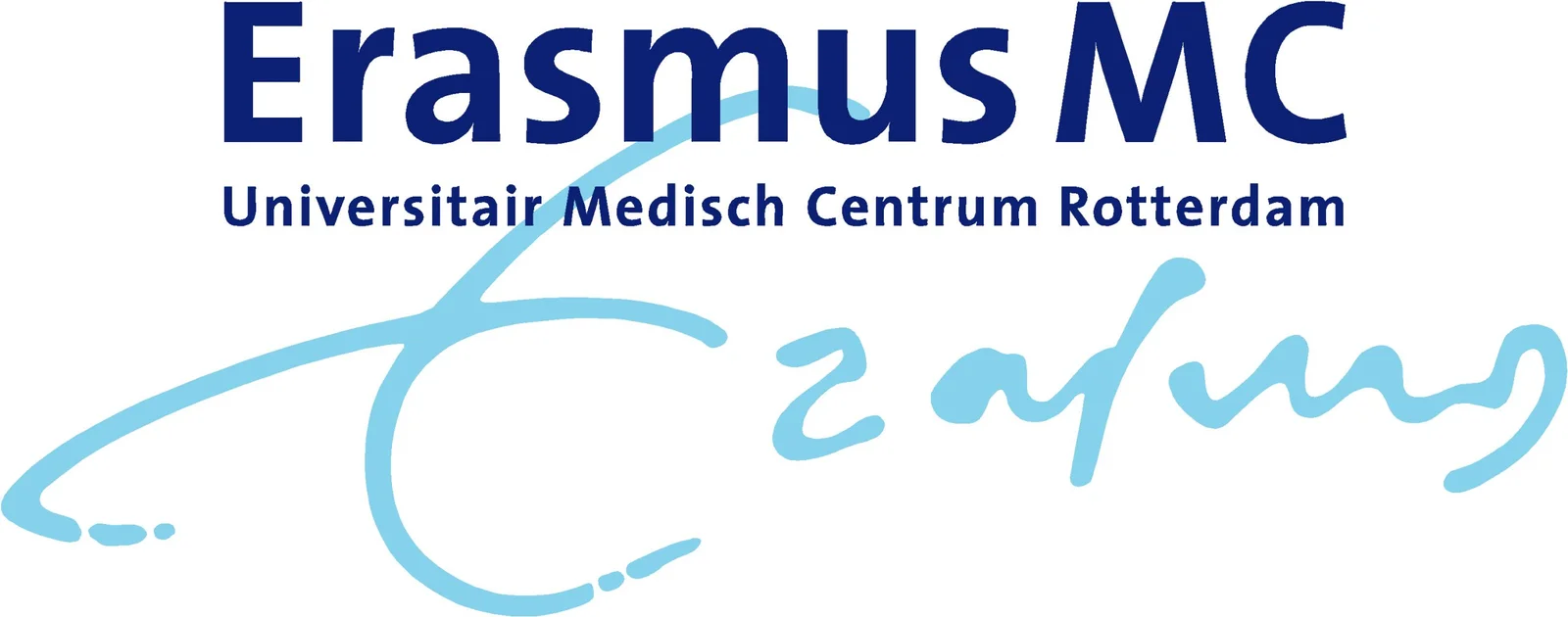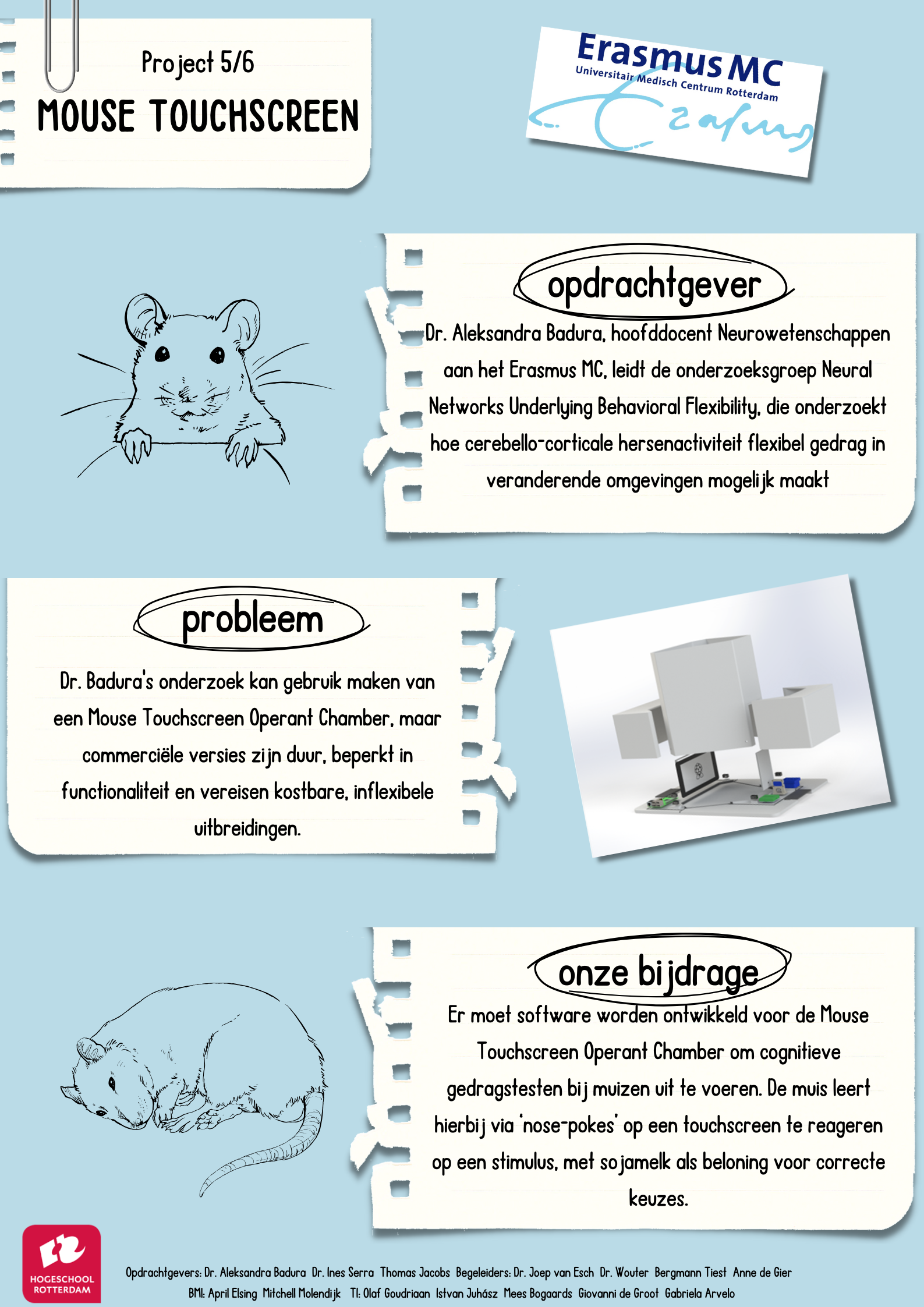EMC Mouse Touchscreen
User-friendly GUI for a DIY mouse test chamber
Started on 03-09-2024
Overview
My team and I developed a GUI and control system for a mouse testchamber at the Erasmus Neuroscience Department. The goal was to create a flexible and user-friendly platform for researchers conducting mouse behavioral experiments.
 During this project, I primarily focused on setting up an Apache webserver on a Raspberry Pi and developing a Rest-API to handle experiment settings, retrieve results, and control experiment execution. Additionally, I helped establish the communication between the GUI and experiment code, by implementing CORS and setting up a Unix-Socket for inter-process communication (between the API and Experiment code).
During this project, I primarily focused on setting up an Apache webserver on a Raspberry Pi and developing a Rest-API to handle experiment settings, retrieve results, and control experiment execution. Additionally, I helped establish the communication between the GUI and experiment code, by implementing CORS and setting up a Unix-Socket for inter-process communication (between the API and Experiment code).
This project was the first project of my 2nd year. It was a relay project, so we built upon the code and material of IPO (Industrial product design) and ELE (Electrical engineering). Besides the fact that it’s a relay project, it was also multi-disciplinary since we worked together with BML (Biomedical laboratory research). They were allowed to handle the mice, offered advice for information to be included on the page and used the chamber themselves for their own projects.
Features
- GUI for Experiment Control – Provided an intuitive interface for researchers to configure and manage experiments easily.
- Apache Web Server – Hosted the GUI and managed requests from the client.
- Flask API via Apache (WSGI) – Enabled the API to run under Apache and handle requests using the same port as the server.
- REST API with Flask – Allowed seamless communication between the GUI and hardware components (touchscreen and reward system).
- Inter-Process Communication (Unix-Socket) – Established a Unix-Socket for real-time communication between the API and experiment code.
- Data Logging – Implemented real-time data logging, storing experiment results in CSV files for analysis.
- Deployment on Raspberry Pi – The system was successfully deployed and tested on a Raspberry Pi 4, utilizing existing code from a previous research team.
Impact
The completed system provided the Erasmus Neuroscience Department with a more versatile and user-friendly platform for conducting mouse behavioral tests than before, significantly enhancing research capabilities in behavioral neuroscience.
We adviced Erasmus MC to continue development of the system since it could still be improved upon.

